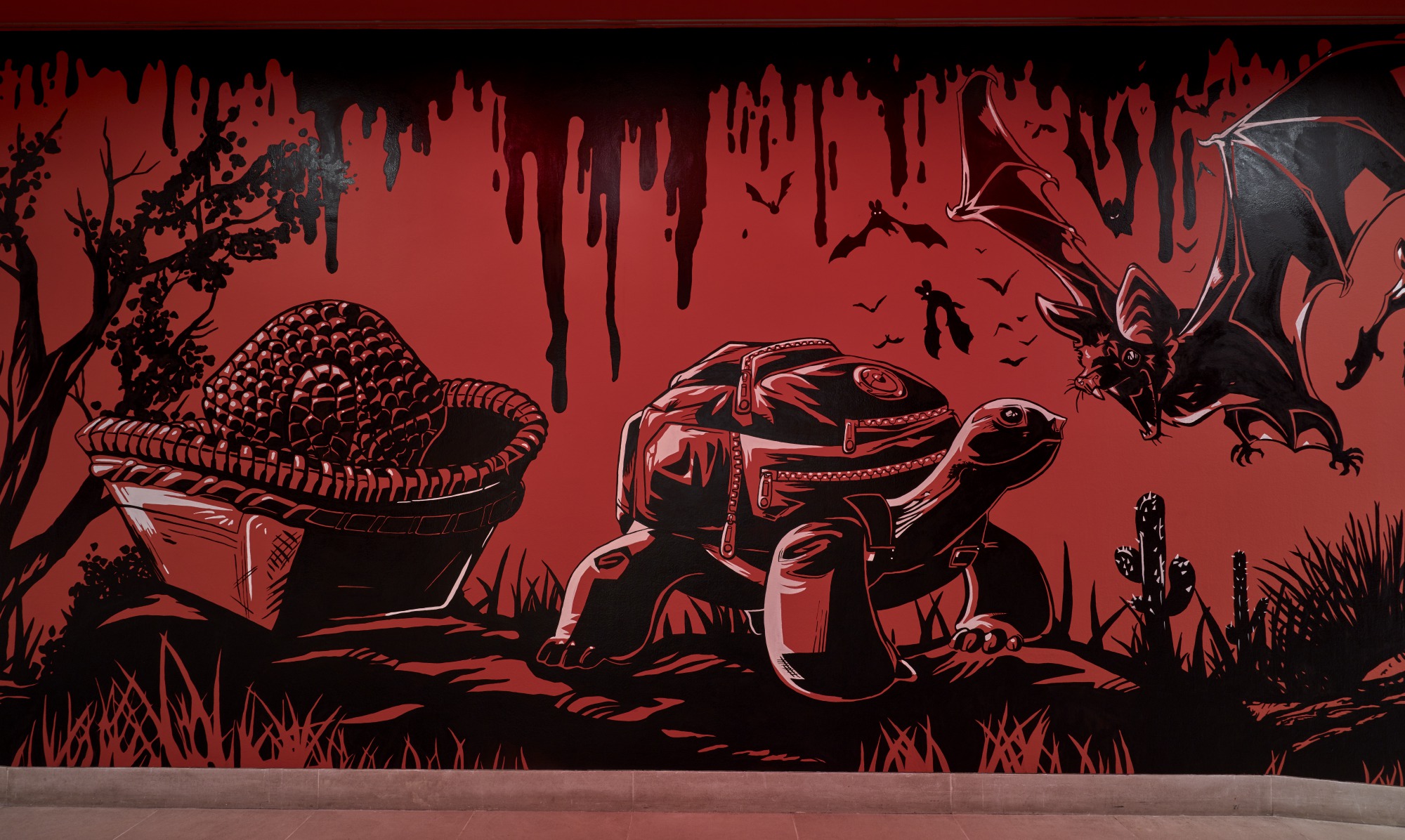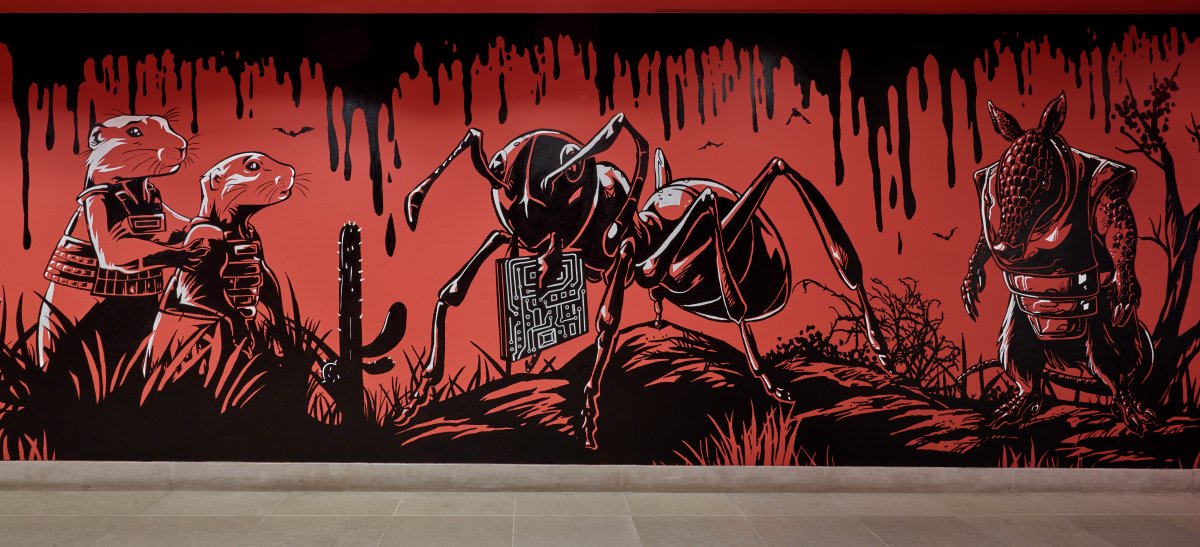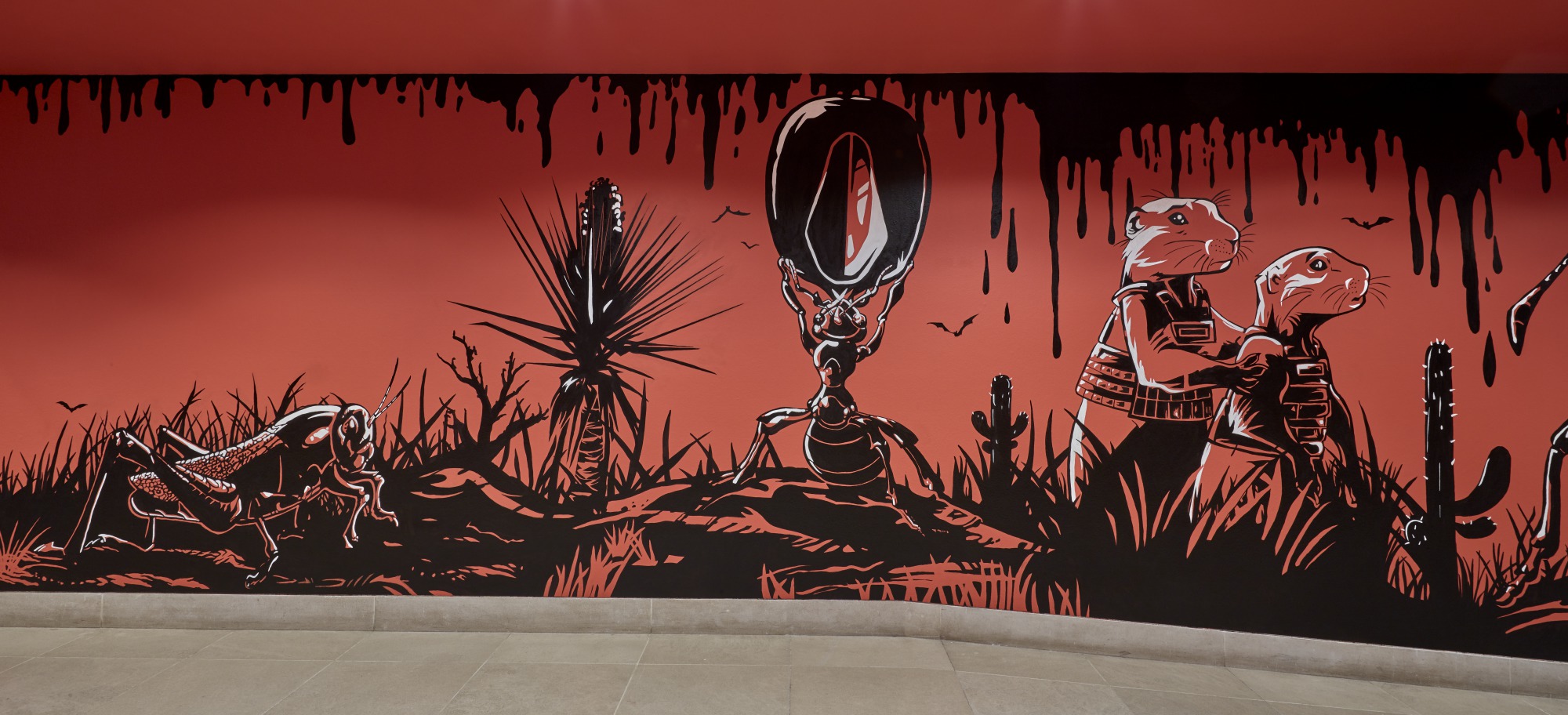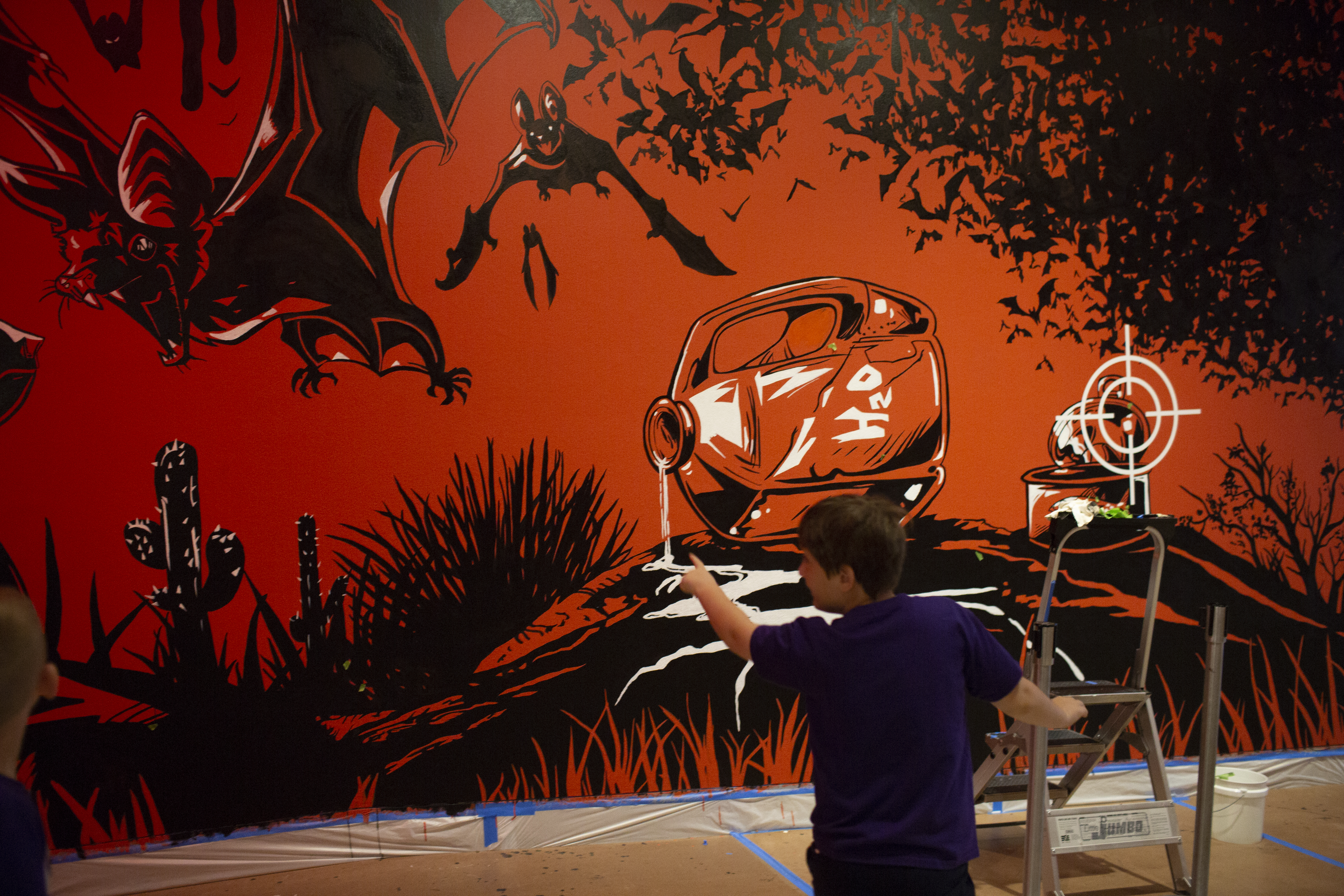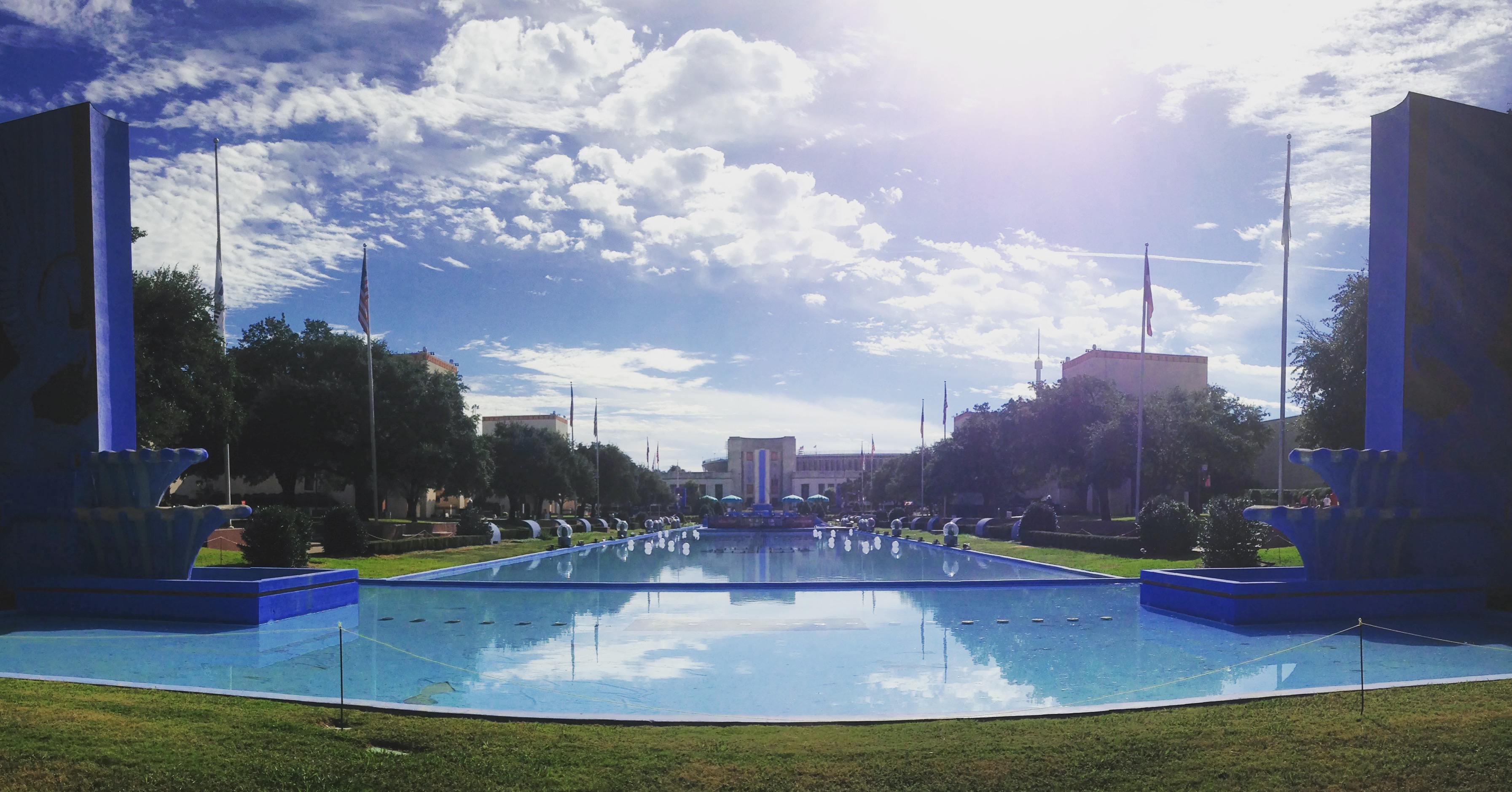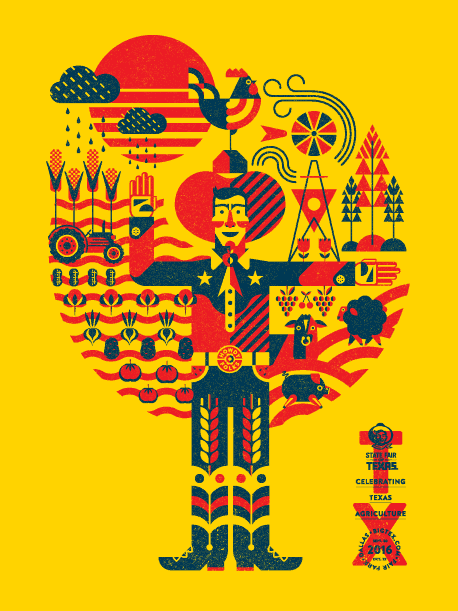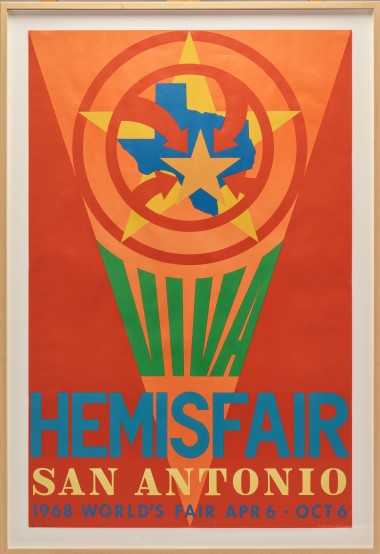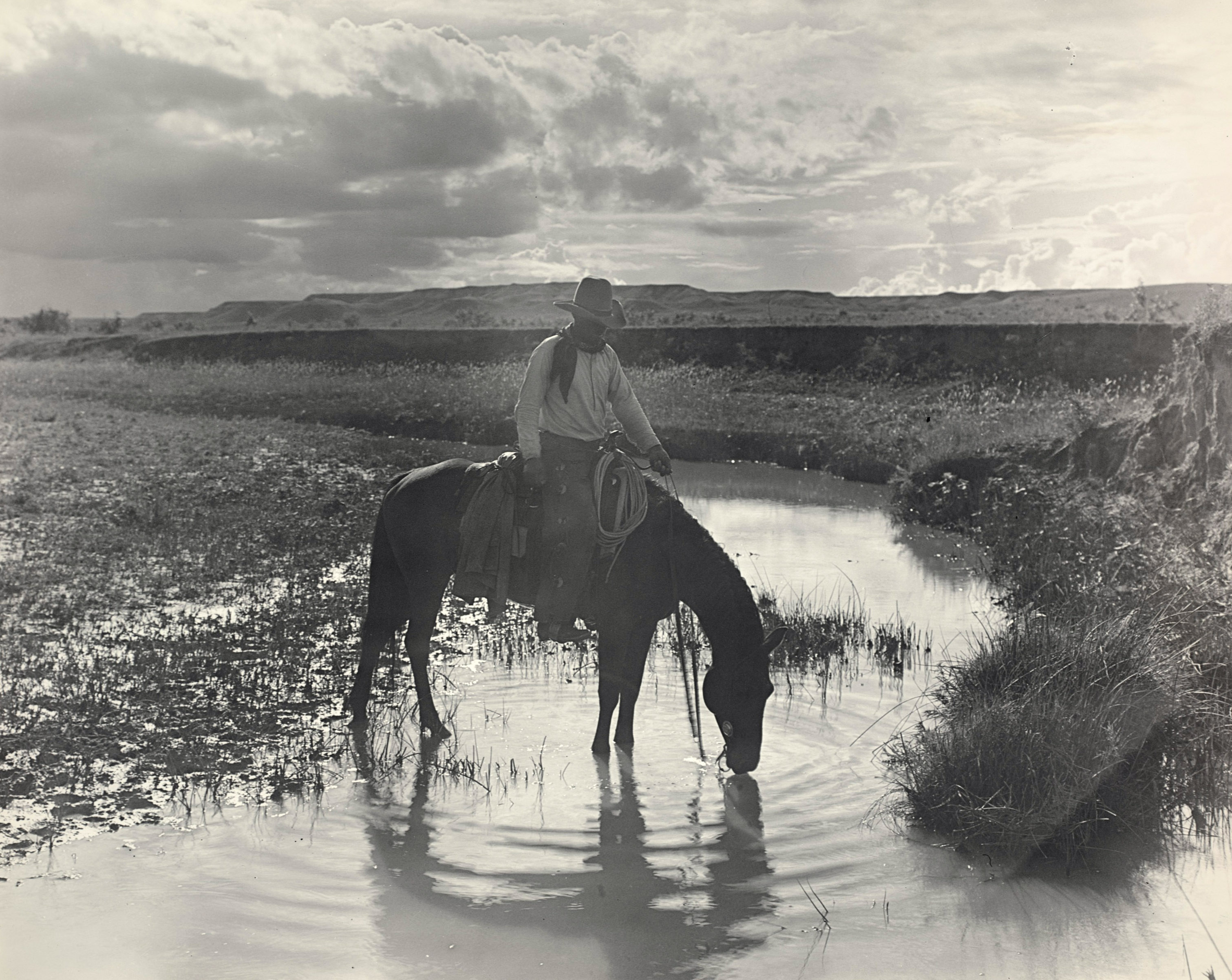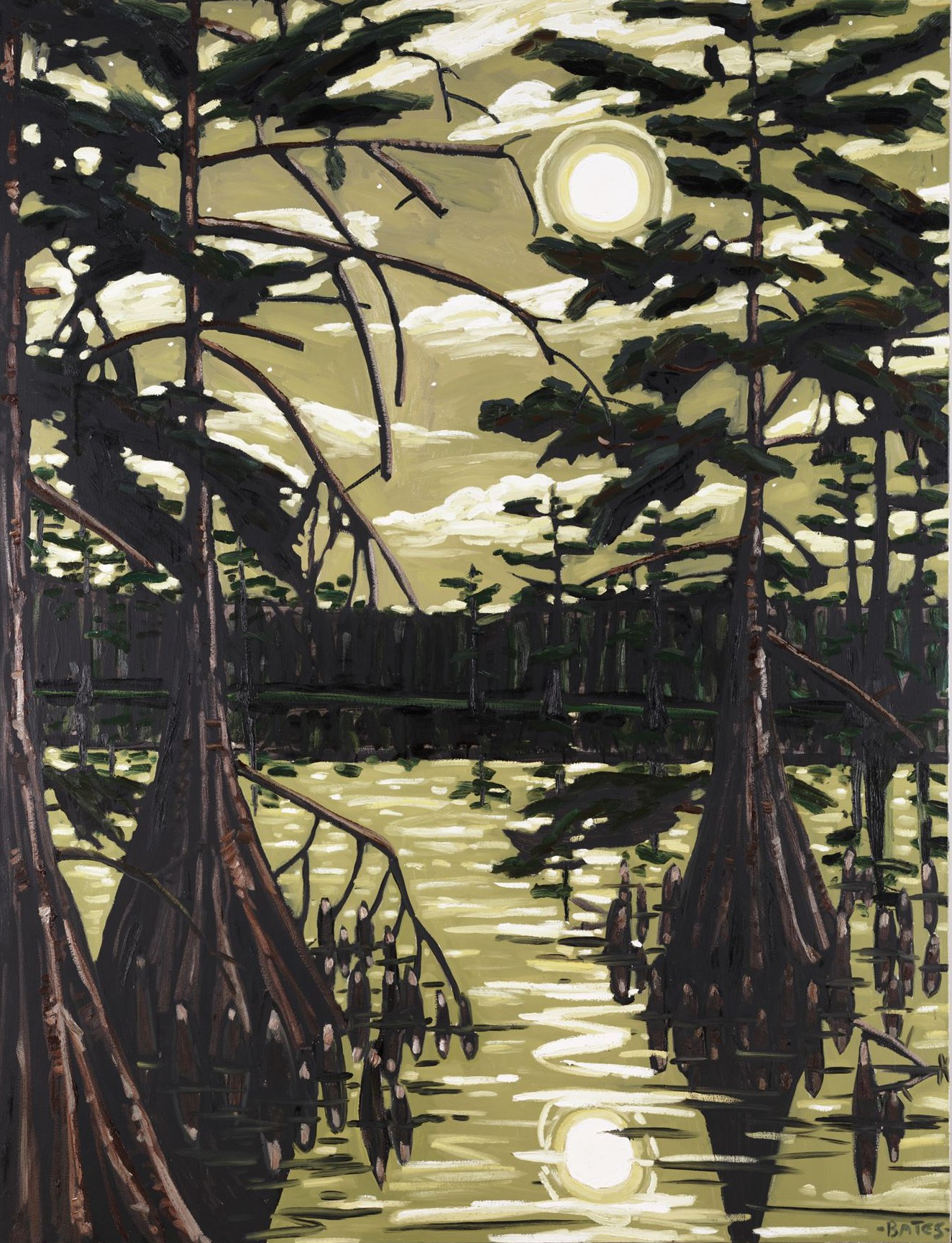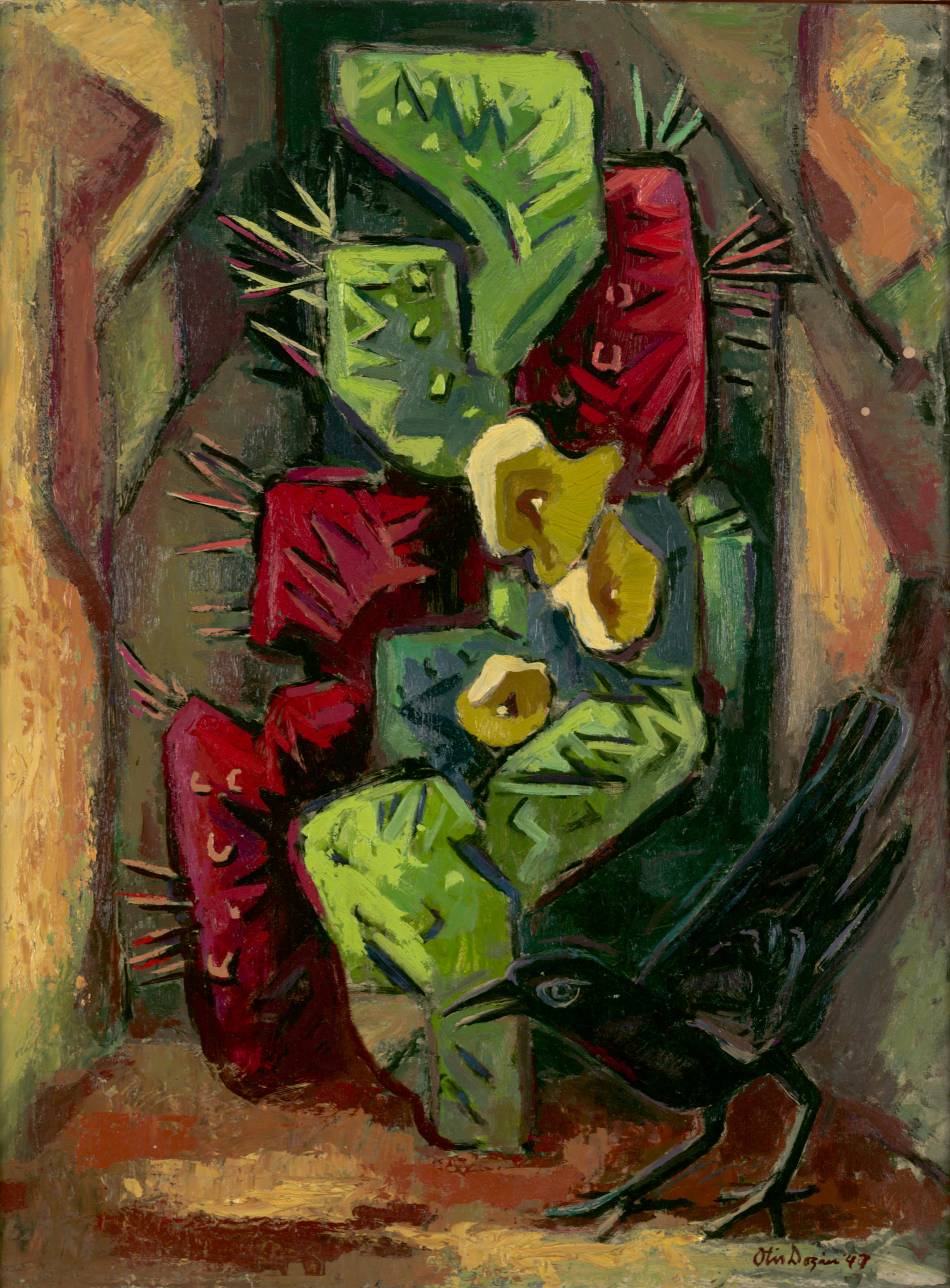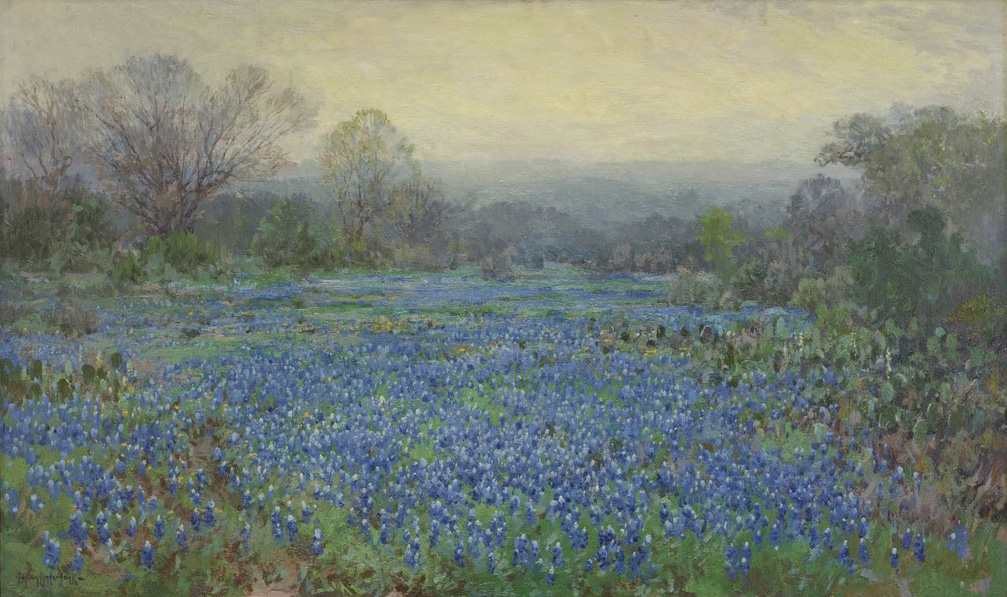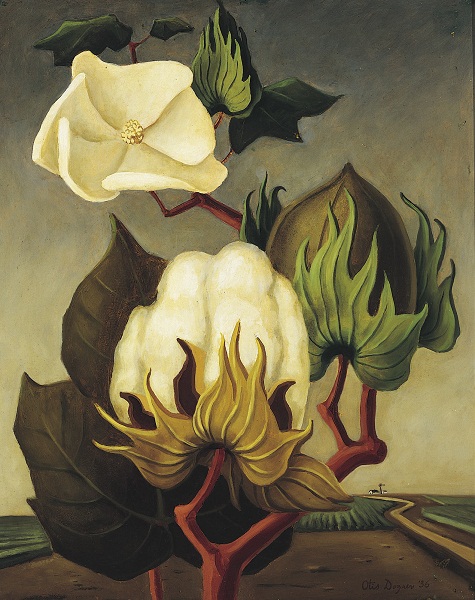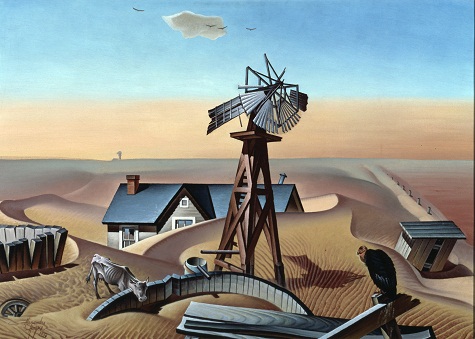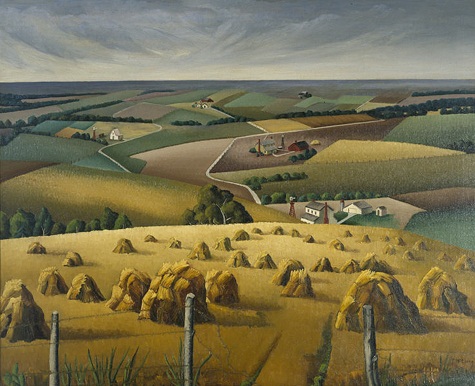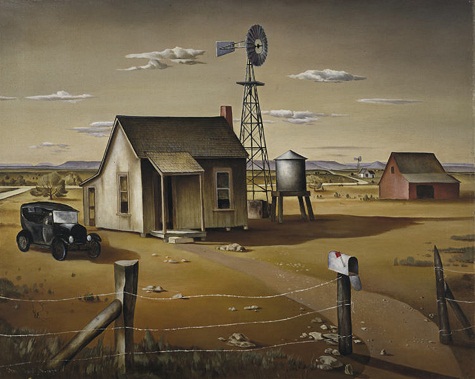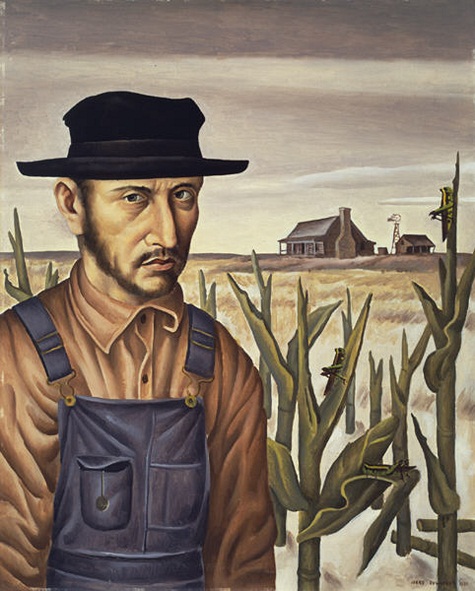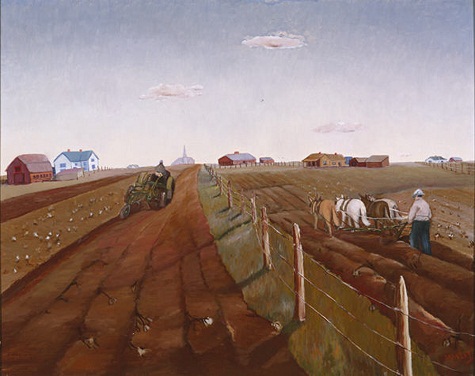In connection with Ida O’Keeffe’s painting Star Gazing in Texas, the focus of the first episode of our new series Break for Art, we asked our friends at Texas Parks and Wildlife about the elements of a great stargazing. Find out what they had to say about the beauty of stargazing in Texas, particularly with their offerings at Caprock Canyons State Park & Trailway.
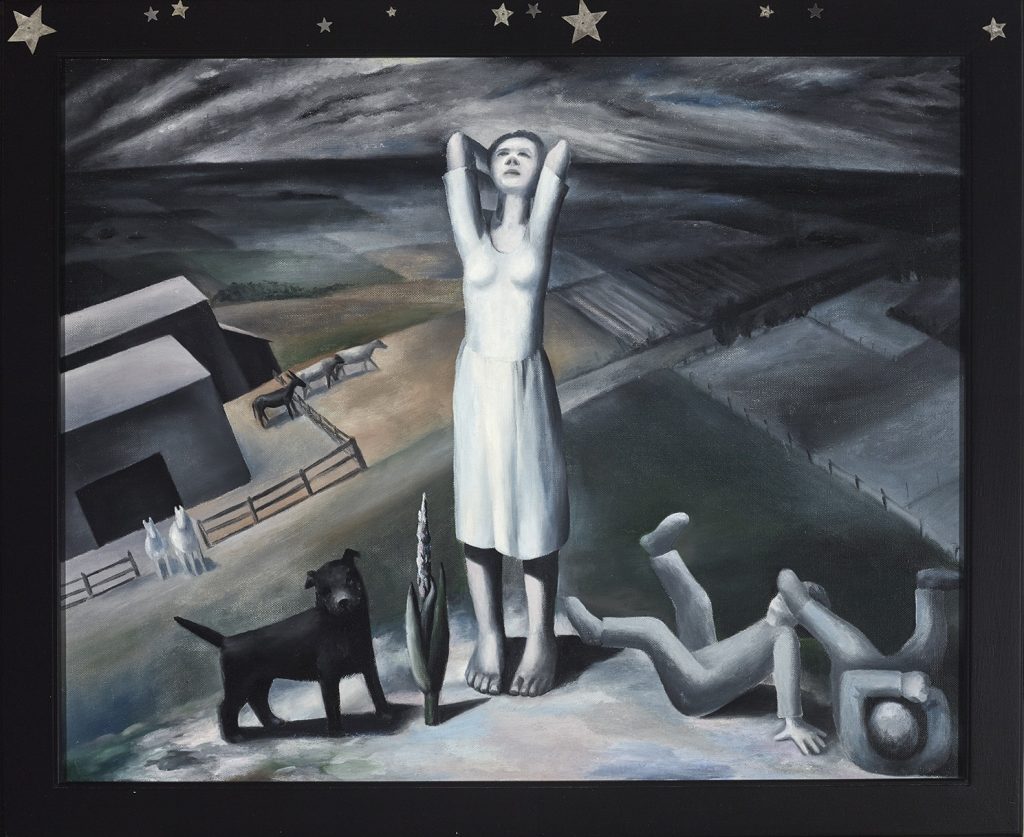
“Wow. Look at how brilliant the Milky Way is here!” or “I can see the planet’s rings!” Those are but a few exclamations of wonderment often proclaimed from excited visitors to Caprock Canyons State Park & Trailway when viewing its dark night sky surrounded by scenic canyon vistas.
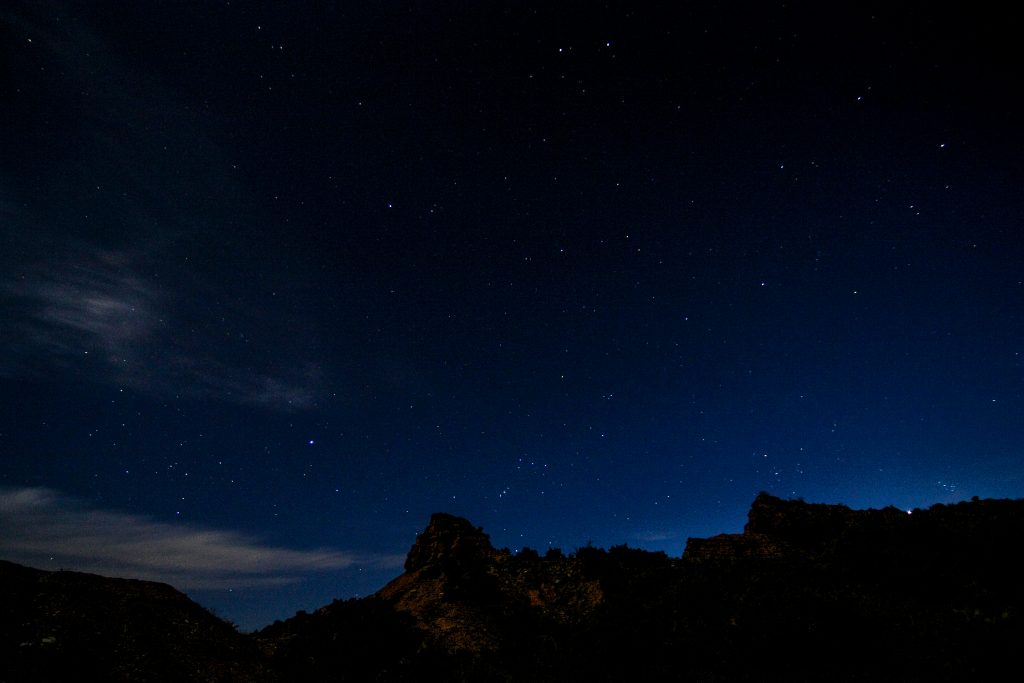
The park protects and conserves a night sky rated as a #2 on the Bortle Scale, a scale that measures the darkness of the night sky. Low numbers on the scale represent an exceptionally dark night sky while higher numbers on the scale represent a night sky that unfortunately, most cannot even view anymore. The reason for some unviewable night skies is due to a fairly new concept for most people known simply as “light pollution”.
Litter and other pollutants of the environment are closely monitored at Caprock Canyons State Park, but there is also another source of pollution that is strictly kept in check… lighting. All light sources within the park are shielded fixtures that ensure that the lights they emit are being used efficiently and conservatively. No light is permitted to shine into the night sky and “pollute” its darkness. The effect is a brilliantly clear night sky, full of stars and celestial bodies that can be clearly seen from all areas of the park.
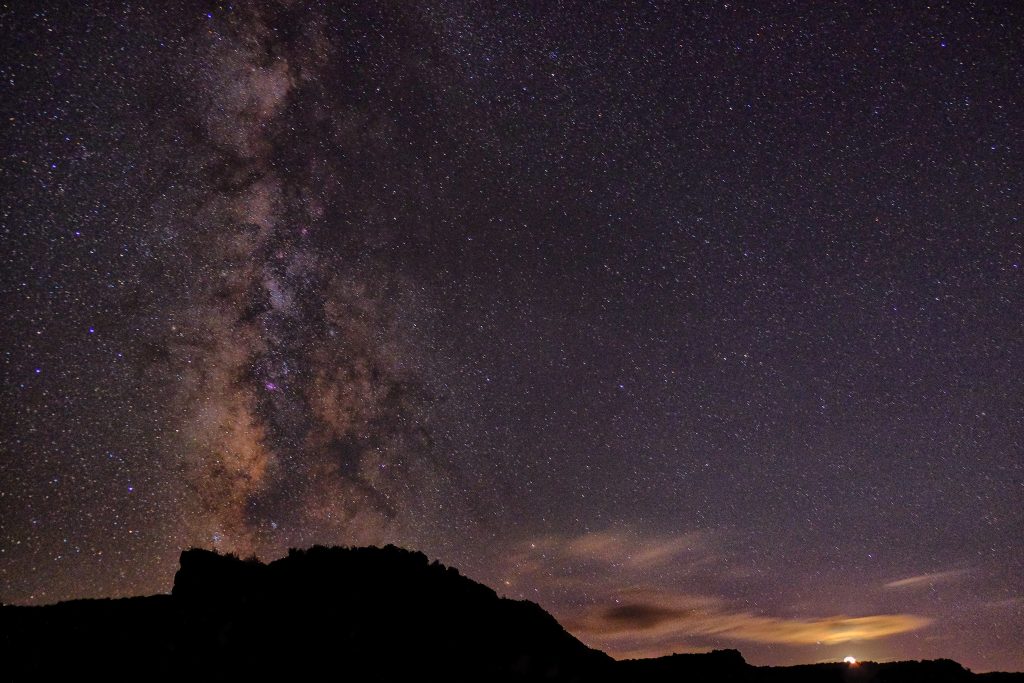
Perhaps the best views of the night sky at Caprock Canyons State Park are found deep within the canyons. At the park’s North Prong Parking Lot, visitors gather around several large telescopes with lawn chair in hand, to eagerly await the park’s night sky program known as “Constellations in the Canyons”. Volunteers and amateur astronomers set their telescopes up for viewing planets, stars, and constellations while visitors listen to star stories and useful solutions to light pollution. Later, visitors line up beside the telescopes for their turn in the telescope viewfinder to look and learn about these celestial bodies from knowledgeable and dedicated volunteers.
Caprock Canyons State Park is committed to programs like these, because they help connect visitors to the night sky and foster an appreciation of dark night skies as a resource that needs protection. With dark sky educational programming, visitors come away with a sense of appreciation and a desire to do their part in protecting the night sky. In addition, examples of dark night skies like those in public areas such as Caprock Canyons State Park, remind visitors of their heritage and the night sky every culture on Earth shares with each other.
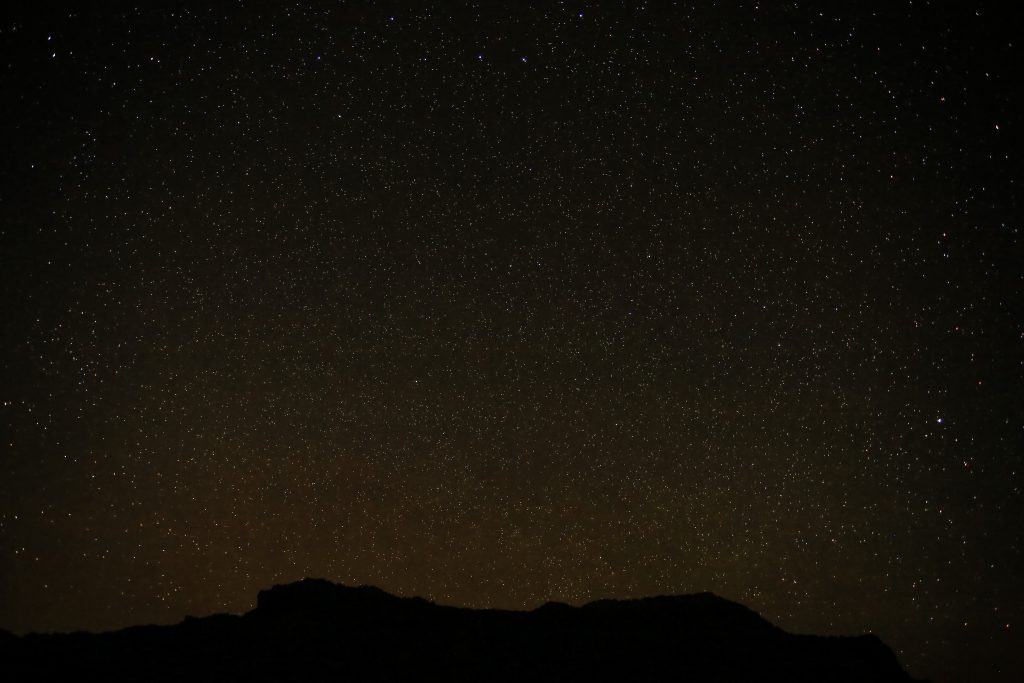
The park is currently working towards its designation as an “International Dark Sky Park”, a highly prized designation with the International Dark Sky Association (IDA). Once designated, the park will be featured as a destination for dark sky viewing along with many other public places that intend on conserving our dark night skies for future generations.
